The research team is currently heading back to the United States. The following blogs will feature some of the work and observations from their travels.
On January 18, the research team visited Avian Island. Avian Island (Latitude 67°46′ S, Longitude 68°54′ W, 0.49 km2), is a very small island situated in northwestern Marguerite Bay, south of Adelaide Island on the western side of the central Antarctic Peninsula (see map):

Avian Island is a small island south of Adelaide Island. Avian Island does not appear on this map because it is only 0.7 miles (1.2 km) long.
This trip to Avian Island allowed the AQ team to rendezvous with two birders (Jen and Cameron) who had been studying these animals for the last 5 days. This is a special place for scientists interested in birds because Avian Island is home to 35,000-70,000 breeding pairs of Adélie penguins. If you recall, we encountered these pengiuns in an earlier post. Both parents and their babies were filmed at Avian Island. When they arrived, the weather on Avian Island was snowing, wet and cold and these penguins don’t like snow. Adélie penguins are designed for colder, drier environments and the snow can be harmful to their eggs and nests.
Filming had its challenges too. Dena Seidel and Chris Linder report that they stepped in and out of puddles of penguin pee for hours filming the birds and elephant seals.
For more technical information about Avian Island, see:
Scientific Committee on Antarctic Research (SCAR) Bulletin 150, 2003:
http://www.scar.org/publications/bulletins/150/aspa117/
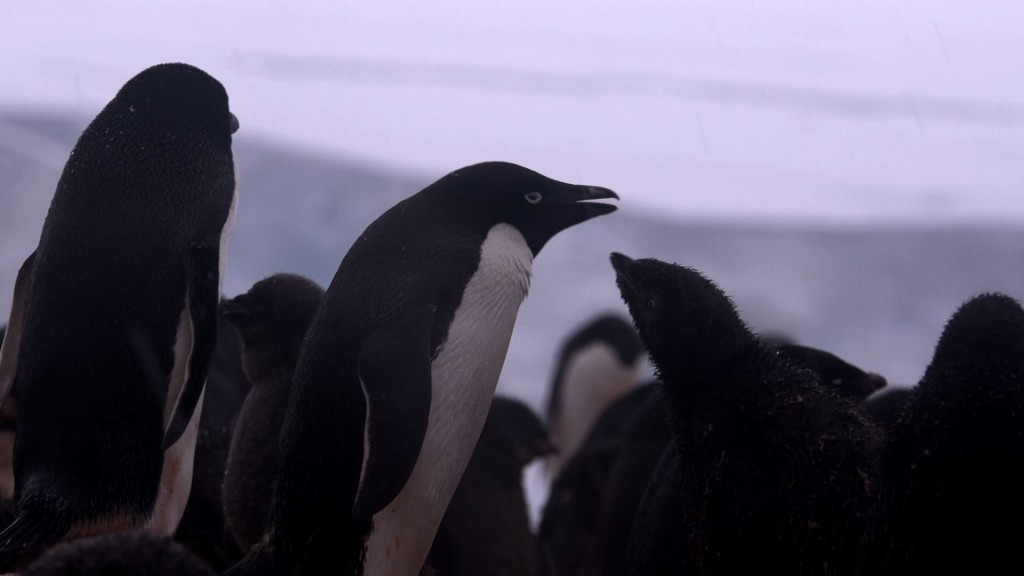
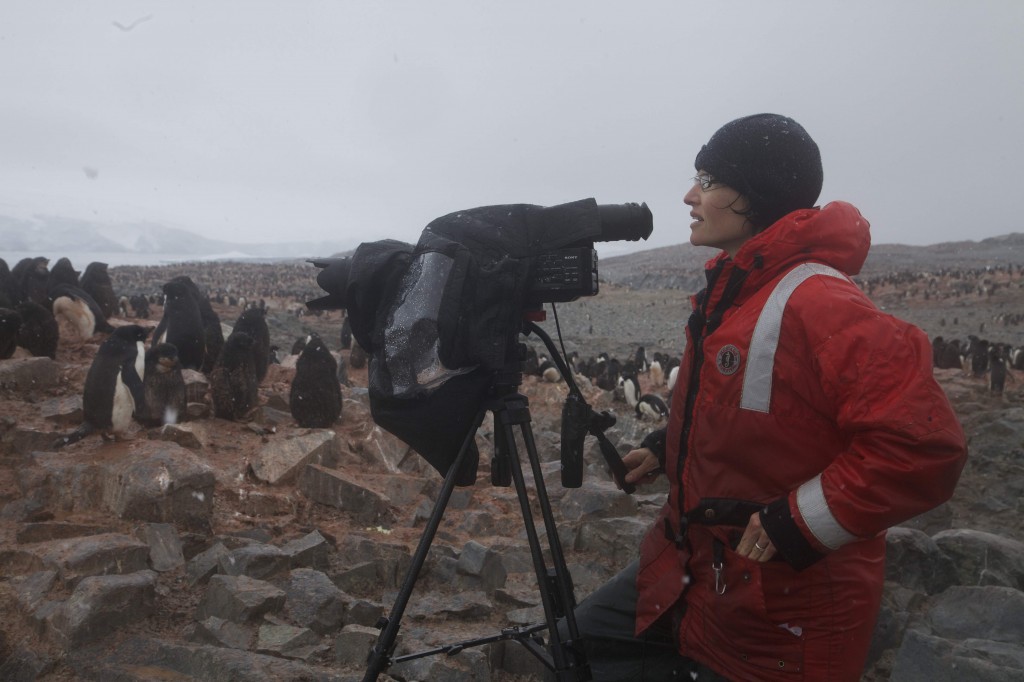
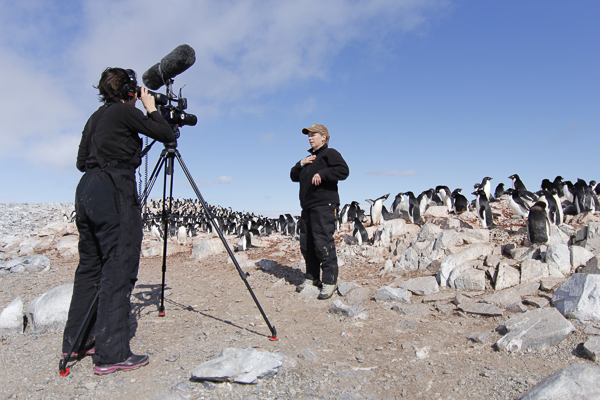
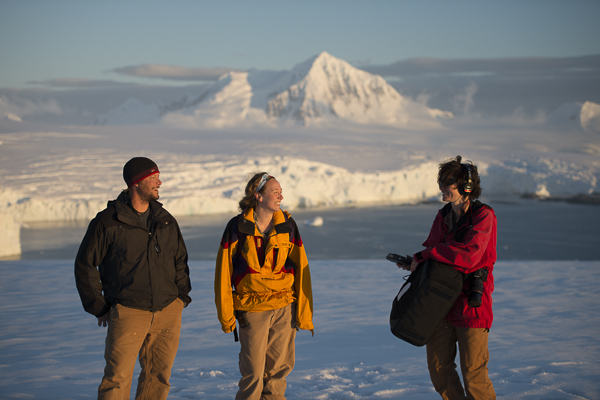
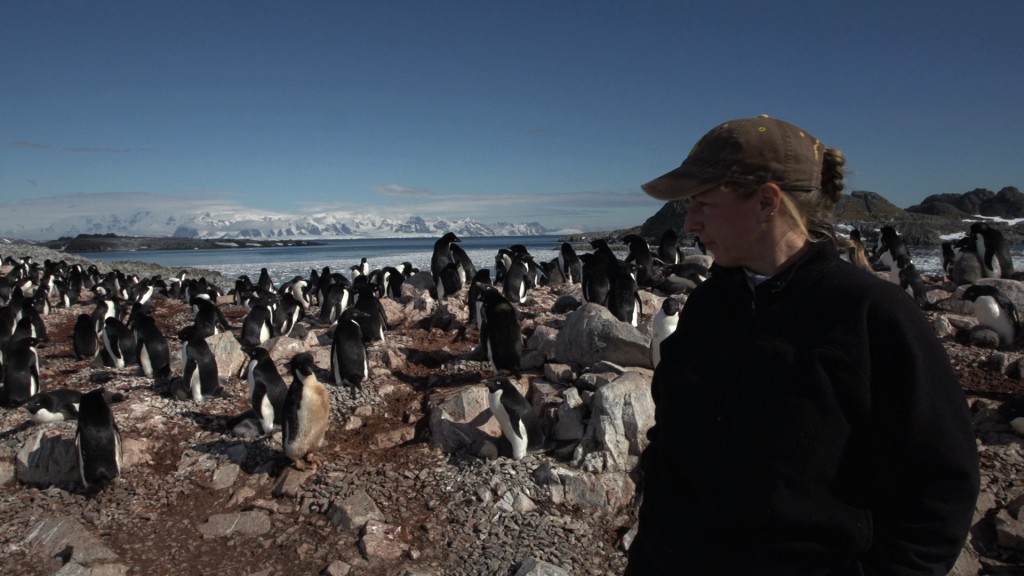
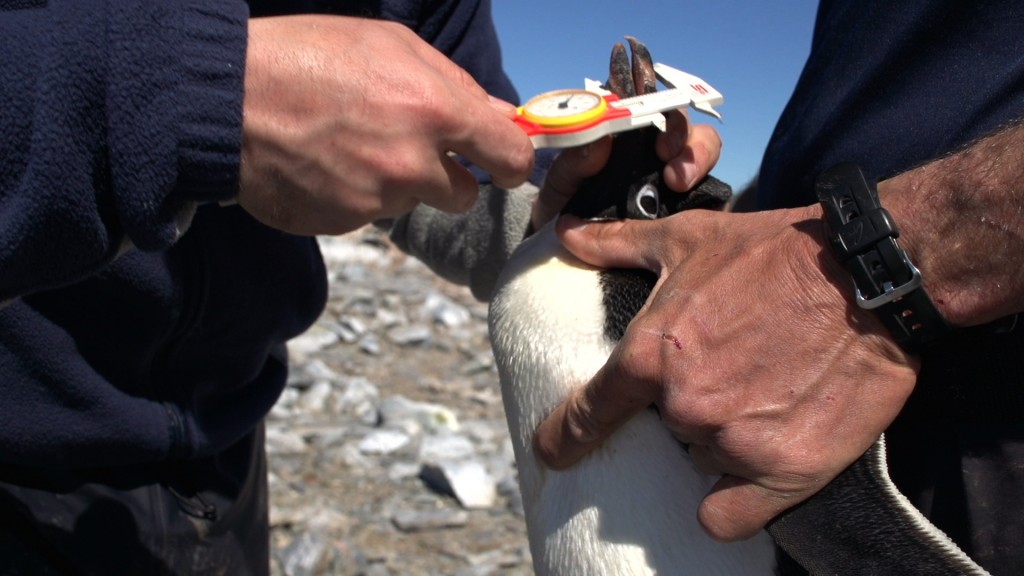
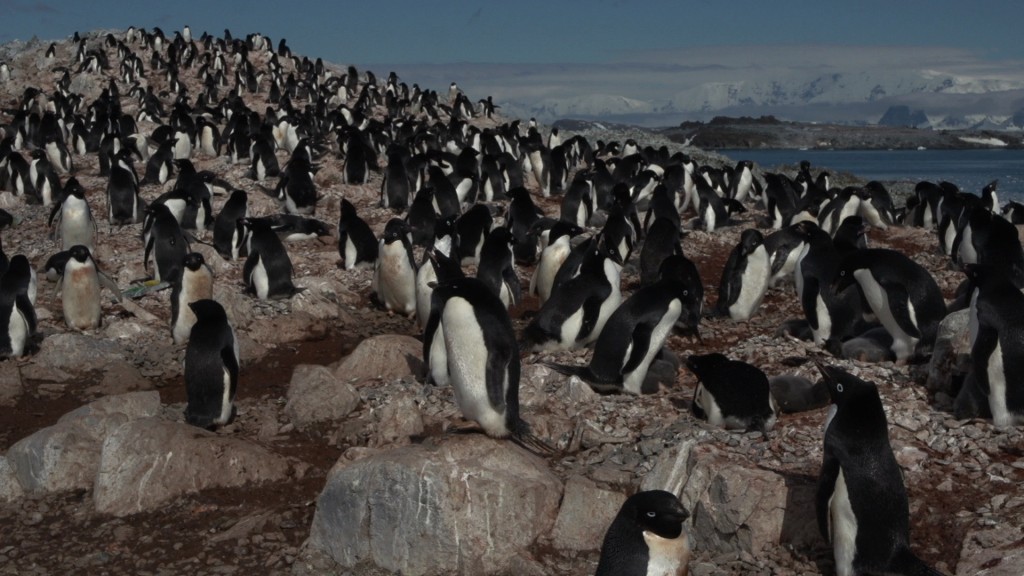



 Follow the
Follow the  Subscribe to the blog RSS feed
Subscribe to the blog RSS feed